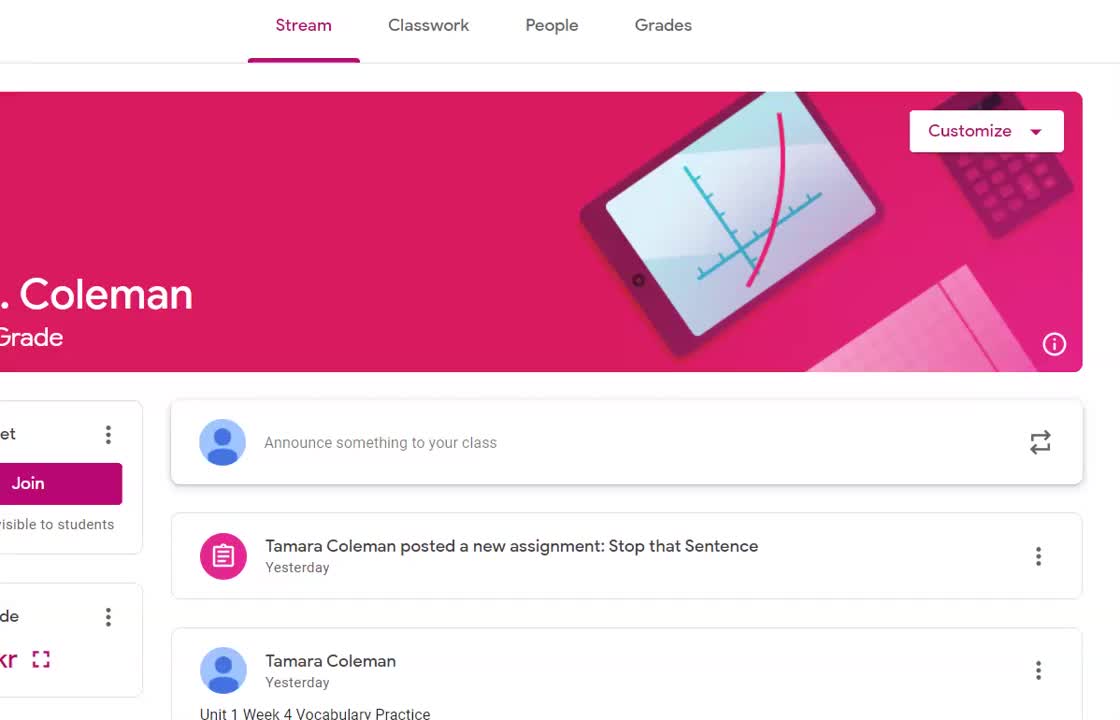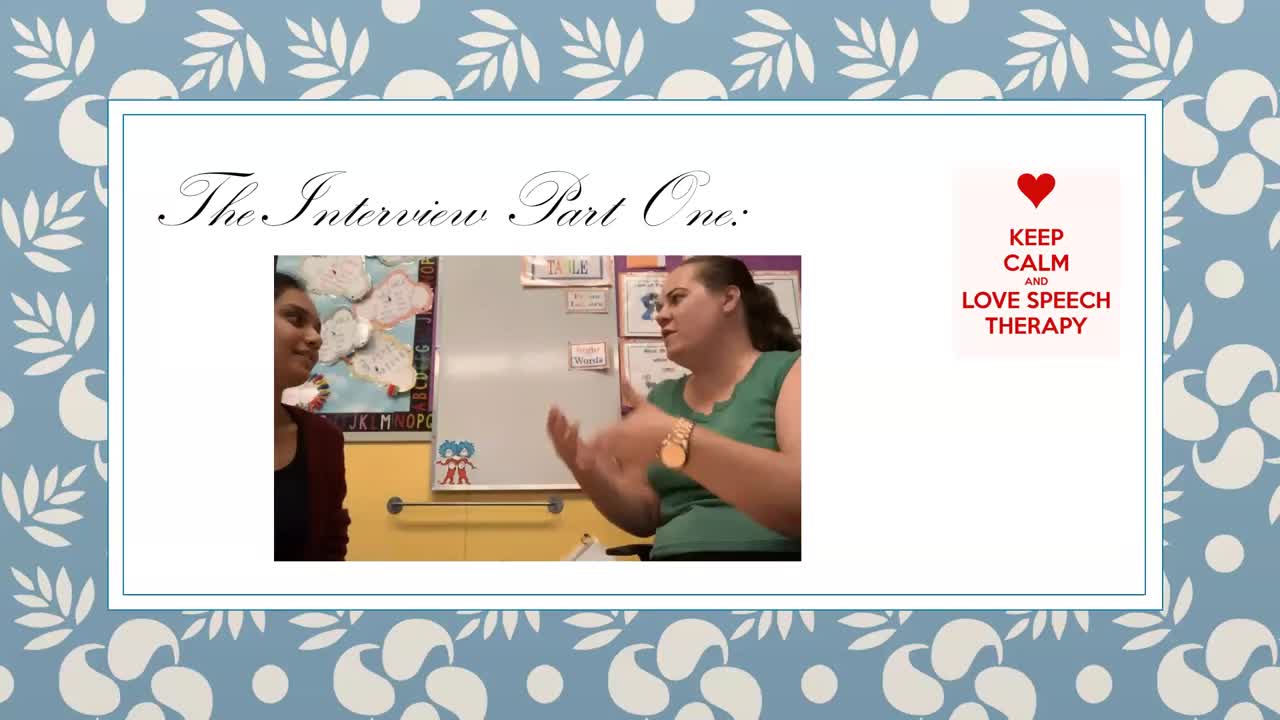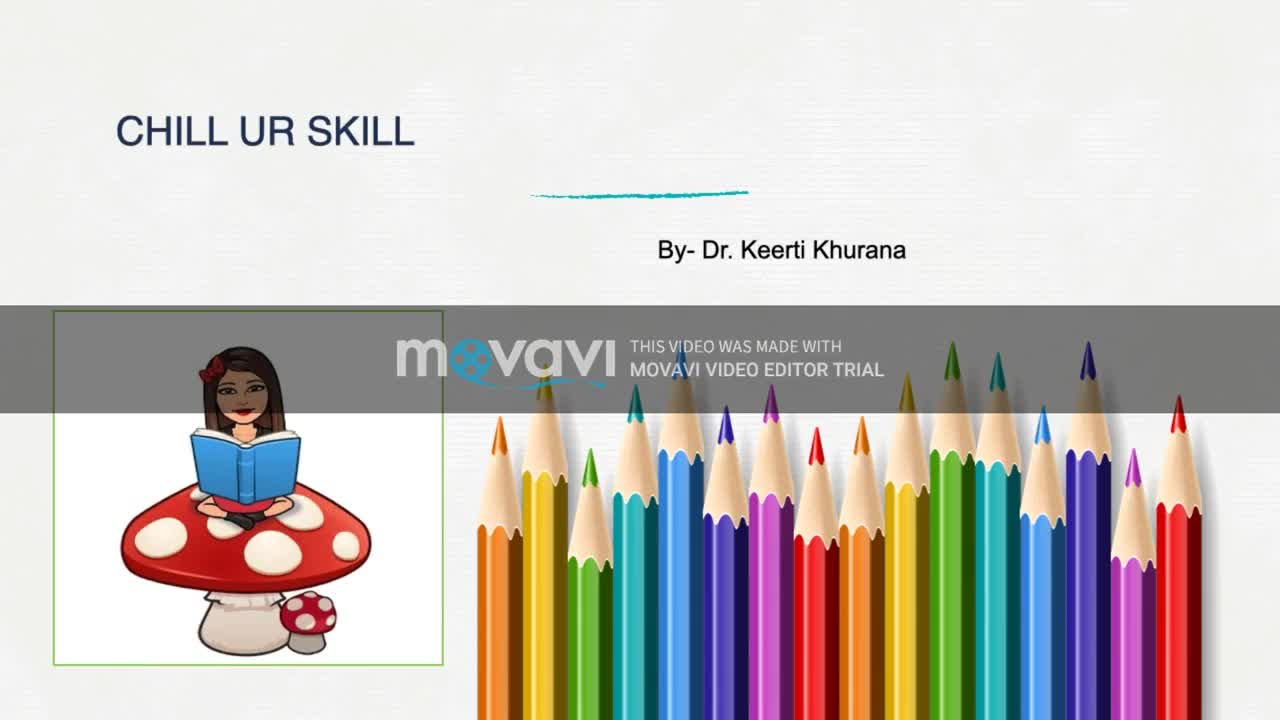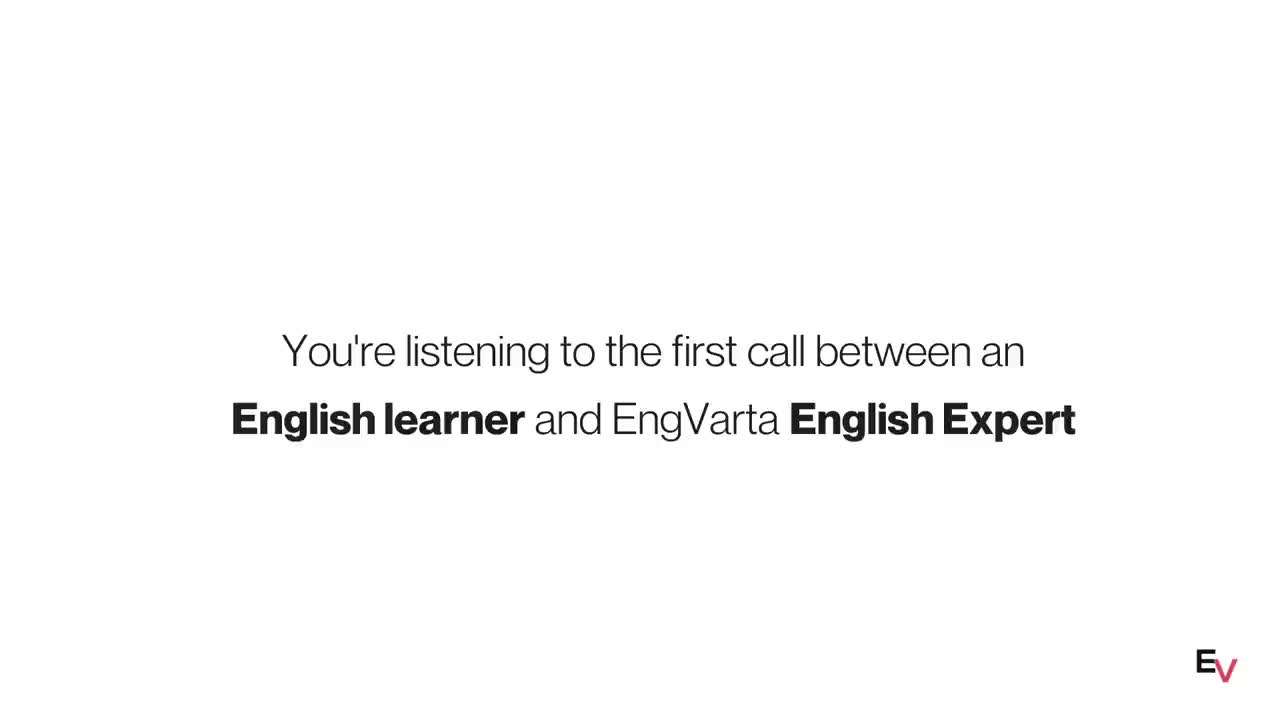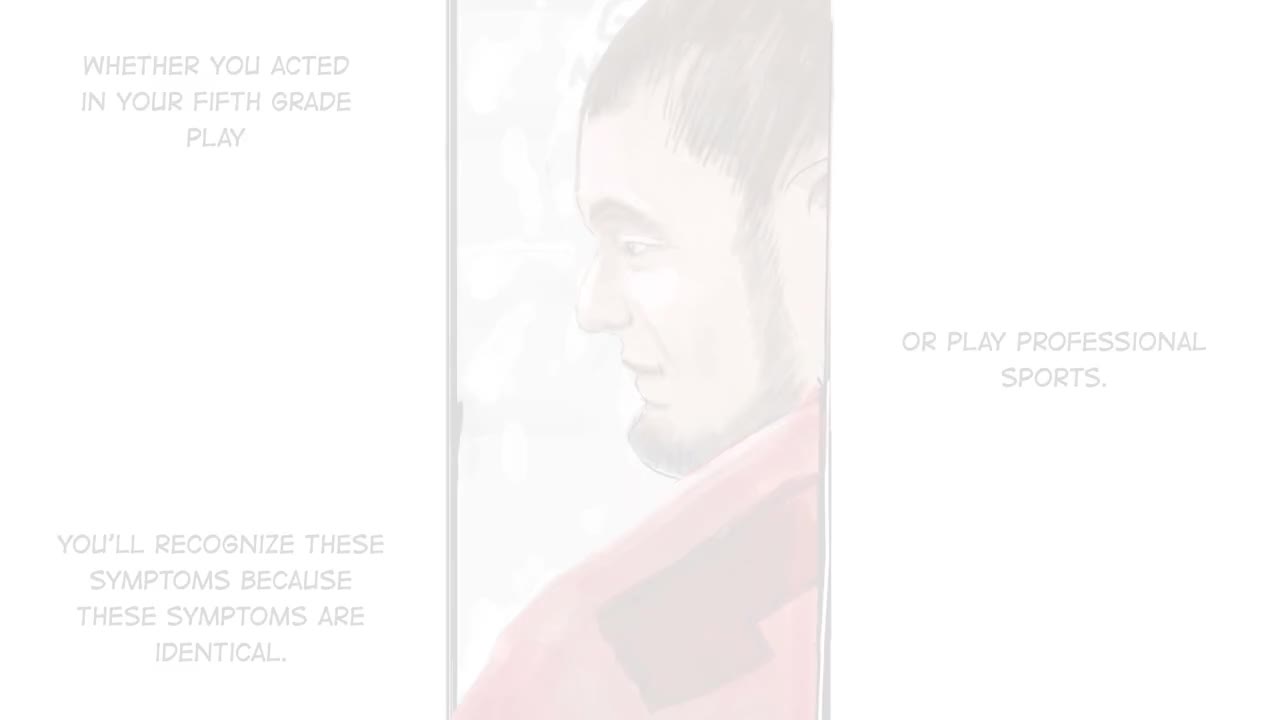Elementary > Language Arts > Speaking And Listening Videos
It is one thing to learn to speak and to listen, and another to do such skills effectively. The reason for language arts focus on these two core skills is to hone students for the future. Obviously, students may need to be able to communicate their thoughts well especially if they reach college or their lives post-university. As the workforce becomes more competitive, the need for graduates with the ability to express effectively also increases. With that, here are two major tips to help language arts students in their quest to become better speakers and listeners.
Listen to Good Speakers
There are tons of good speakers out there. They can be found in events, workshops and conferences. They can also be found online. Tedx, for example, curates some of the most engaging speakers of contemporary time. Teacher tube also has videos with speakers in it that are relatable, especially to the younger viewers. The key thing here is to listen.
It’s quite interesting that in order to be able to speak well, learners must learn to listen well. The fact is that humans auditory capacities are strongly linked to speech capacities. Meaning, whatever humans hear, they can mimic as they speak.
Listening Beyond Hearing
Speaking of mimicking, one thing that sets good interviewers apart from the rest is their ability to make interviewees feel as though they are very interested in what they have to say. Such a skill is a nonverbal representation of listening. Having that skill to follow how a speaker sits and moves is a sign of a good listener. Even a simple eye contact shows someone is attentively into the juicy details of the story told. Not only does it persuade speakers that the listener is interested, but it also compels listeners to be mindful of the information shared. Quite a good tip, don’t you think?
